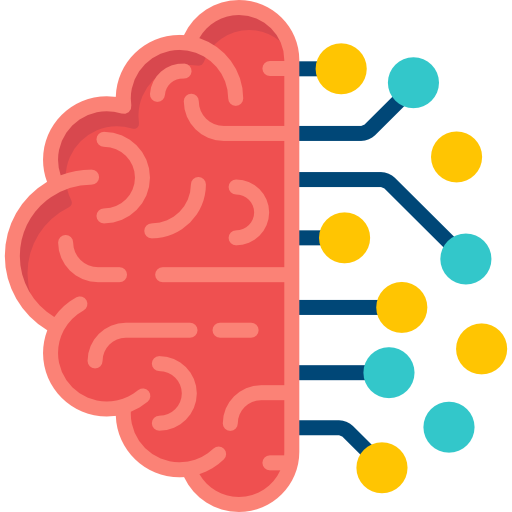On the eve of the invasion of Iraq in 2002, U.S. Secretary of Defense Donald Rumsfeld uttered his famous tirade: “There are known knowns, which are things we know we know. There are known unknowns, that is, things we now know we don’t know. But there are also unknown unknowns – things we don’t know we don’t know them about.” He believed that “it is the latter category that tends to be the most difficult.” Rumsfeld can be reproached with many things, but when it comes to armaments, his words are as aphoristic as Churchill’s phrase that generals always prepare for past wars. Both are about the unpredictability of a future steeped in military secrets.
A little more than a year ago, U.S. Army General John Murray, in an interview with Defense News, named the three main technologies of future warfare: artificial intelligence, unmanned systems, and robotics.
“To make all three technologies work in a digital environment, there has to be a robust and resilient network, a data architecture, and talent,” he said. How to succeed in this arena? With convergence that can combine forces in five areas of warfare: air, land, sea, space and the digital environment. The Americans have already launched Project Convergence and conducted a six-week exercise last fall. They were a clear demonstration of how time itself becomes a weapon. Previously it took 20 minutes from target identification to a shot, but now that time has been reduced to 20 seconds.
Such a leap seems unbelievable, but only until you look at the ambitious documents of the military, which prescribe a perspective for decades to come. For example, the U.S. Air Force’s 2009-2047 Unmanned Aerial Systems Flight Plan records that “In 2047, technology will be able to reduce the OODA [observe, orient, decide, act] cycle time to micro- or nanoseconds. Just as a master chess player can outperform skilled chess players, [drones] will be able to respond at these speeds, and hence this cycle becomes a “perceive and act” vector.
Increasingly, people will not be “in the cycle,” but rather “near the cycle,” tracking the execution of certain decisions. At the same time, advances in artificial intelligence will allow systems to make combat decisions and act within legal and political constraints without necessarily requiring human participation.”
A little more than a year ago, U.S. Army General John Murray named three major technologies for future warfare: artificial intelligence, unmanned systems and robotics.
On paper, this looks pretty decent, and the phrase “within legal and political constraints” applied to robots may be endearing. However, Paul Scharr, a Pentagon defense expert and former U.S. Army Ranger, has concerns about the “autonomy” of artificial intelligence. In 2018, he released a book called “The Army Without Humans: Autonomous Weapons and the Future of War,” which generated enormous reading interest and was among Bill Gates’ must-read lists. Scharr begins it with a dramatic episode in the fall of 1983, at the height of the Cold War, months after U.S. President Ronald Reagan announced the Strategic Defense Initiative, dubbed “Star Wars” in the press, and three weeks after a Soviet missile destroyed a commercial airliner flying from Alaska to Seoul that unexpectedly entered Soviet airspace. At the time, 269 people were killed, including an American congressman. Fearing retaliation, the Soviets were on guard and deployed a satellite early-warning system called “Oko” to monitor American missile launches.
On September 26, just after midnight, the system issued a report: the United States had launched a nuclear missile at the Soviet Union. Sirens howled in the Serpukhov-15 bunker outside Moscow, and the message “launch” was displayed on a giant red backlit screen. Lieutenant Colonel Stanislav Petrov, who was on combat duty, saw it all, but had doubts: could it be a mistake in the system?
